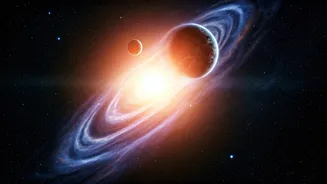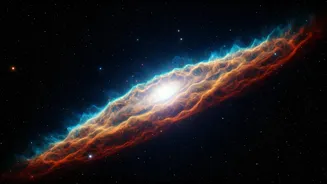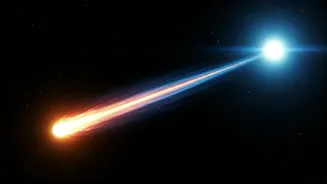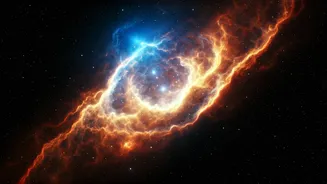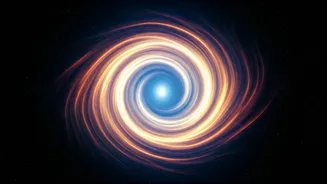A Stellar Revelation
The remarkable revelation of a bizarre three-planet system has sent ripples through the astronomical community. The discovery stems from an international,
collaborative project, involving scientists from various disciplines across the globe. This collective effort provided the necessary expertise and resources to meticulously analyze the data and arrive at groundbreaking conclusions. The system’s unusual configuration and characteristics challenge established theories about how planets coalesce around stars, essentially rewriting the existing rules of space and planet formation. The study's results represent a significant leap in understanding the dynamic processes that shape planetary systems.
Double-Star System Unveiled
This intriguing system is characterized by a double-star system, adding to its unique nature. Double-star systems, where two stars orbit each other, present distinct conditions for planet formation compared to single-star systems. The gravitational dance of the stars influences the distribution of material in the protoplanetary disk. In this scenario, the presence of two stars introduces significant complexity in the formation of planets. The planets' orbits and their composition are likely influenced by this binary setup, diverging from the more common planetary arrangements observed around single stars. This double-star environment offers scientists a natural laboratory to probe the intricacies of planetary system creation under varied gravitational forces.
Rewriting the Rules
The configuration of this three-planet system is unusual enough to challenge prevailing theories of planet formation. Traditionally, planets are expected to align more predictably, following patterns predicted by existing models. However, this system exhibits characteristics that do not readily fit these preconceived ideas. The discovery's implications extend beyond simple observation. It forces scientists to re-evaluate the models they employ to predict how planets form. The anomalies within this system suggest that other previously unknown factors might play a vital role in determining planetary orbits, composition, and overall structure. The scientific community must now reassess the parameters that govern the cosmic dance of celestial bodies.
Multidisciplinary Approach
The success of this discovery underscores the crucial role of multidisciplinary collaboration. The project involved a concerted effort from astronomers, physicists, and data analysts, along with specialists from a wide variety of other fields. Every discipline offered its specialized knowledge and perspective to comprehend the complexities of the system. This comprehensive approach facilitated a thorough examination of data from varied sources, leading to a deeper understanding. The collaboration facilitated the comprehensive collection and analysis of information, ensuring all aspects of the system were examined. This collaborative strategy ensures that complex scientific endeavors are robustly undertaken and yield more substantial and reliable results.
Future Research Horizons
The discovery of this novel three-planet system creates pathways for future research efforts and opens doors to new lines of inquiry. This work serves as a springboard for investigating planet formation and evolution, urging scientists to look into the mechanics that shape planetary systems across the cosmos. This research may reveal details about how frequently peculiar planetary systems occur. The detailed data obtained will be used to refine existing planetary formation models. By studying this unusual double-star system, scientists expect to learn more about the processes that shape planets throughout the universe. The door is now open for further analysis, promising a more complete and complex understanding of the universe.
